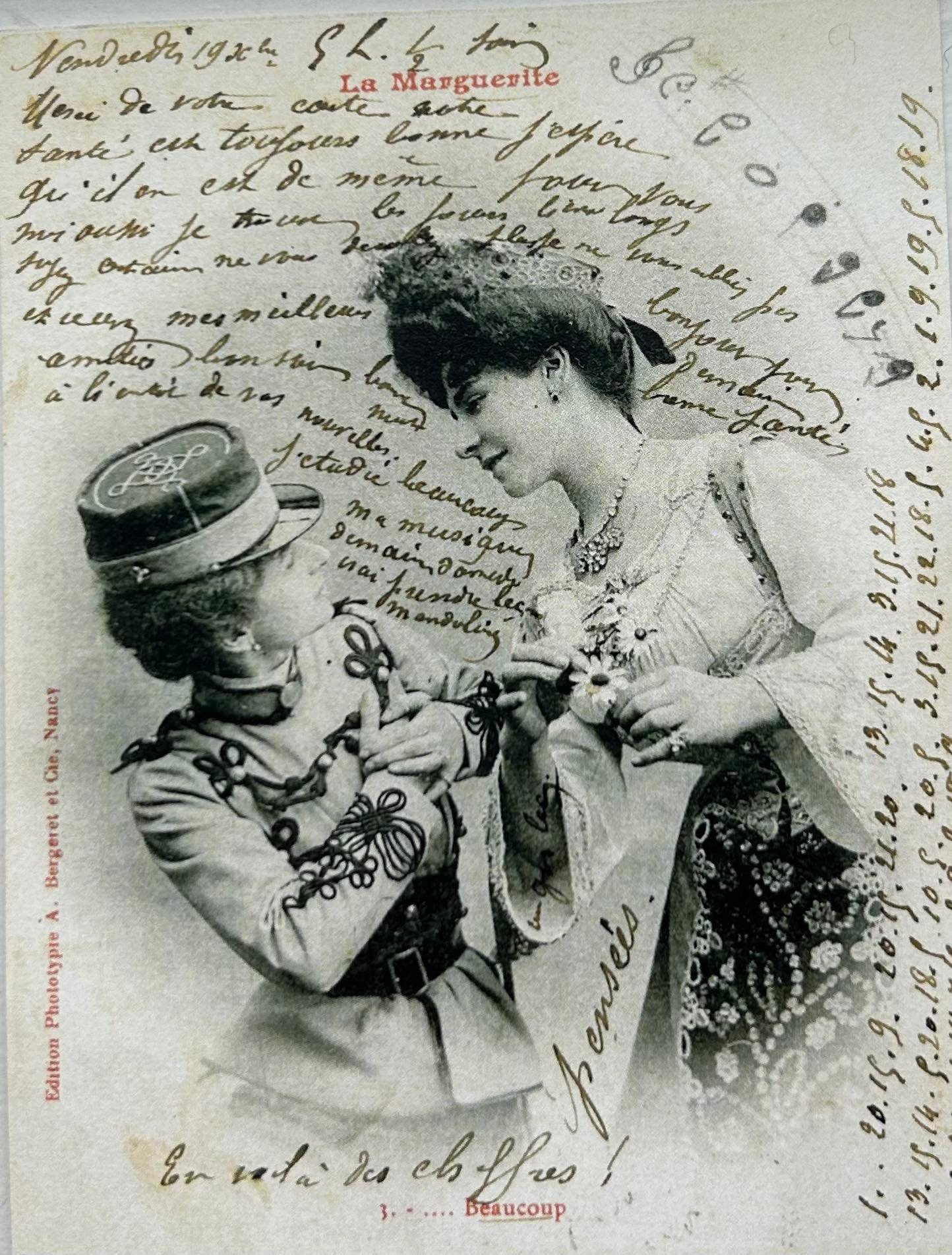
Since you’re reading this, I’m going to assume that you, at least to some degree, identify as a romantic.
Be it watching The Notebook as a guilty pleasure or secretly wishing for someone to serenade you on Main Mall, there’s something in you that just loves the idea of love.
The problem for romantics like us is that we are often labelled cliché. Rightfully so, too — when you’re in love, everything feels like it’s out of a fairytale, every moment is a tableau and every word is poetry.
But I’ve come to think that maybe the point is the cliché. I mean, who the hell wouldn’t want a love letter written for them? Shakespeare wrote 154 sonnets, so in comparison I’m not asking for a lot.
I’ve always held a special place for love letters because they tread the very fine line between poetry and prose. As an art form, they’re fascinating and as a gift, they’re precious!
Given that they’ve been written since time immemorial, clearly I’m not the first person to think that love letters are as cool as they are. To learn more about this tradition that prints love into pulpy paper, I spoke to English literature professor Dr. Gregory Mackie — one of my favourite profs and famously-known as an Oscar Wilde buff.
Mackie specializes in Victorian and Modernist literature and curated “A Queer Century, 1869-1969,” an exhibit for the UBC Rare Books and Special Collection in 2019 which included tributes between lovers amongst other artifacts of queer history. It was an event held to celebrate the 50th anniversary of the decriminalization of homosexuality in Canada.
“One of the most interesting objects in the entire exhibition was a letter. [It] was a postcard sent between two women in France in the 19th century,” said Mackie. “When the affection between the two women couldn’t be openly expressed, they resorted to a code. A graduate student at the time decoded it.”
“The interesting thing about love letters as objects is [that] they cross between the public and the private. If it’s a physical letter, then it has to circulate in a semi-public manner — in an envelope through the mail.”
When I asked him if the persistence of the tradition has changed since our entry into the digital age, he shared how intimacy can be tangled up with tangibility.
“We have hung onto the idea that a handwritten letter has more meaning, or more intimacy than something that’s mediated by a screen,” he said. “You can do other things to a physical letter that you can’t do to an [electronic] one. People used to traditionally put perfume, or press flowers in letters to express certain things.”
Mackie asked me if I knew what “SWAK” means, a term which is apparently a generational test since those of a certain age and younger don’t know what this means.
To my great dismay, I did, in fact, fail.
“It means ‘sealed with a kiss.’ [It] reflects that a letter is sealed … a wax seal hundreds of years ago or the sticker-y stuff we have today,” said Mackie. “It is an old term that indicates that the physical body of the sender is imprinted on the object.”
Once again, I must remind you that I’m a romantic, and felt super mushy hearing about this stuff! It also gave me ideas of how to make my own love letters more intimate, since I enjoy writing them too.
My last question to Mackie was about whether we can put an exact or approximate date to the beginning of writing love letters as a tradition. Hint: we can’t.
“It’s old as human beings have been writing,” he said. “As long as the personal letter as a form has existed, it would’ve been an expression of romantic, sentimental and erotic love.”
Love Nest is The Ubyssey's dating column — both satire and serious. Send topic you'd like covered to s.tanwar@ubyssey.ca.


